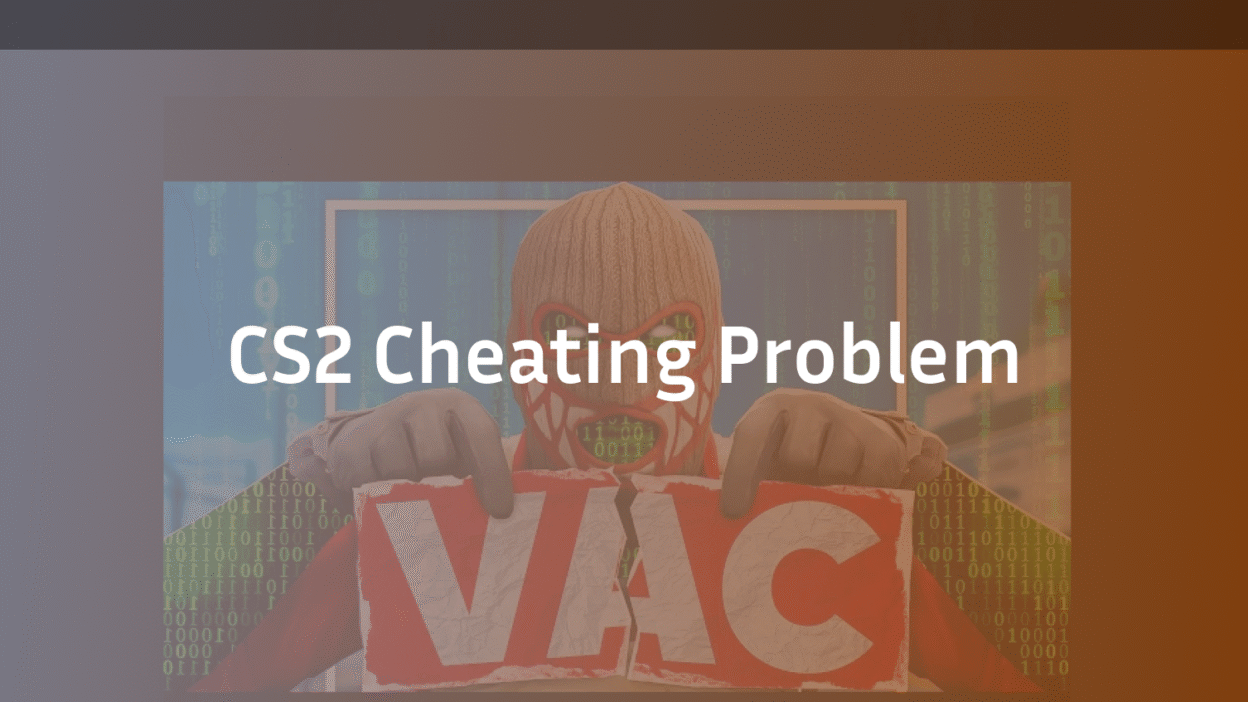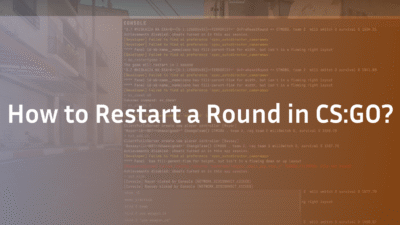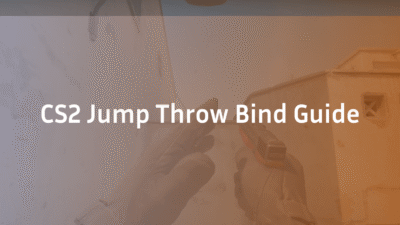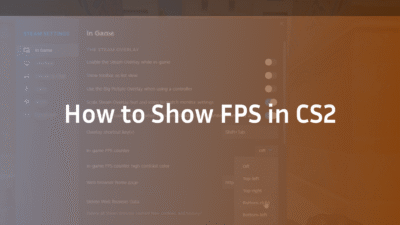The CS2 Cheating Problem: A Deep Dive into the Crisis and What’s Being Done
The euphoria of Counter-Strike 2’s release has been tempered by a persistent, grating issue that strikes at the very heart of the game’s integrity. If you’ve recently queued for a Competitive or Premier match only to be dominated by a player with seemingly supernatural awareness, you’re not alone. The community’s outcry is unified and loud: cheating in CS2 feels more rampant and blatant than ever before. From walling and aimbot to sophisticated hardware hacks, the problem can make high-stakes matches feel unbearable. This isn’t just whining or a skill issue; it’s a significant community concern threatening the trust of millions of players and the future of the Pro Circuit. This guide cuts through the noise, offering an expert analysis of the CS2 cheating landscape, Valve’s response, and the ongoing technological arms race.
What Does the CS2 Cheating Landscape Really Look Like?
The problem isn’t monolithic; it exists on a spectrum. On one end, you have the blatant hackers—players spinning around with aimlocks, making no effort to hide their unfair advantage. These are often accounts used for boosting services or simply to troll. On the other end are the subtle enablers: players using modded mice with recoil scripts, soft aim assistance, or wallhacks they toggle sparingly to avoid raising red flags.
The data, both anecdotal from pros and empirical from data scientists, paints a grim picture. Many high-level players and content creators report encountering suspicious activity in a staggering 80% of matches in Premier Matchmaking, especially at higher elos. This perception erodes trust and makes every incredible play suspect. The ability for cheaters to create multiple accounts and quickly re-enter the ecosystem with low Trust Factor is a core part of the problem, making it feel like VAC is fighting a hydra.
Beyond the Obvious: The Evolution of Cheats and Hardware Hacks
Valve’s VAC (Valve Anti-Cheat) and VACLive systems have historically targeted known signatures of cheat software. However, the modern cheat industry has evolved into a sophisticated beast. Evolving cheats now often operate on kernel-level drivers, making them incredibly difficult to detect from the game’s level. Furthermore, the rise of hardware hacks—devices that intercept and alter mouse input between the hardware and the computer—present a monumental challenge, as they don’t inject traditional third-party software onto the machine.
This technical arms race means that detection is no longer just about scanning a computer’s memory; it requires behavioral analysis and advanced heuristics. This is where systems like the now-missing CS2 Overwatch were meant to come in, leveraging human intuition to identify subtle cheats that machines might miss. The community eagerly awaits its return to help stem the tide.
Valve’s Arsenal: VAC, VACLive, and the Trust Factor System
Understanding Valve’s approach is key to contextualizing the problem. Their anti-cheat ecosystem is multi-layered:
- VAC (Valve Anti-Cheat): The foundational, delayed-response system. It bans in waves after conclusively identifying a cheat signature, which helps prevent cheat developers from immediately knowing what triggered the detection.
- VACLive: An extension designed to ban blatant hackers during a live match, often resulting in the iconic “one or more opponents have been banned” message.
- Trust Factor: Perhaps the most critical component, this hidden rating system aims to segment the community. Players with a long history of owning the game, a clean record, and a strong social network (e.g., friends with high Trust) are queued together. The goal is to isolate new, low-trust accounts—frequently used for cheating—into their own queues.
The consensus is that while these systems have merit, they are currently losing the arms race. Cheat developers reverse-engineer updates faster than new protections can be deployed, and the economic incentive to cheat—whether for boosting services or streaming “milk money”—is powerful. For players experiencing technical issues that might be mistaken for cheating problems, such as connection woes, our guide on CS2 Rubberbanding Fix can help.
Is There Hope? The Future of Anti-Cheat with AI and Machine Learning
The long-term solution may lie in next-generation technology. Valve is almost certainly investing heavily in AI and machine learning models to analyze gameplay data. Academic research is already proving this is viable. For instance, a 2023 study trained a transformer ML model on a massive CS2CD dataset of demos, achieving an impressive accuracy of 89.17% and an AUC of 93.36% in detecting aimbots and wallhacks. This provides a robust baseline for what automated, behavior-based detection could look like.
This type of system would analyze thousands of data points: crosshair movement, reaction times, smoke tracking, and pre-firing behavior. It could detect and ban automatically based on patterns that are humanly impossible to replicate consistently, potentially putting a major dent in cheaters who currently feel safe.
What Can You Do? Protecting Your Experience and Your Trust Factor
While we wait for Valve’s systemic solutions, players aren’t powerless.
- Prime Status is Key: Always play with Prime status enabled. This links your account to a phone number and paid status, creating a significant barrier for cheaters. Learn how to ensure you have it enabled in our guide on How to Unlock Premier in CS2.
- Play with Friends: Queuing with a trusted party not only improves the experience but can also positively influence your party’s overall matchmaking rating.
- Review Your Matches: Use the match history and demo review feature. If you suspect a player, watch the game from their perspective. Reporting a player after reviewing the demo is far more valuable than an in-game rage report. Learn how to analyze gameplay effectively with our CS2 Bots Guide for training drills.
- Consider Third-Party Platforms: For many serious players, moving to FACEIT or ESEA has become the norm. These platforms use their own more intrusive anti-cheat clients (like FACEIT’s AC) which can be more effective at blocking exploit abuse.
Ultimately, the fight against cheating is a marathon, not a sprint. It requires constant adaptation from Valve and vigilance from the community. Ensuring your game and system are optimized can also help; if you’re facing launch issues, see our fix for CS2 Black Screen on Launch.
Conclusion: The Path to a Cleaner Game
The CS2 cheating problem is severe, but it is not insurmountable. Valve is facing a complex challenge against a well-funded adversary. The combination of a stronger, AI-powered anti-cheat, the return of a community-driven system like Overwatch, and continued adjustments to Trust Factor and Premier integrity are the needed remedies. The vocal frustration from the community, including pro players, is a necessary pressure that ensures this remains a top priority. While the current state can feel dire, the technological groundwork is being laid for a more secure future. For now, focus on playing with Prime, curating your friends list, and using every legitimate tool at your disposal to ensure your Comp experience is as clean as possible.
Understanding the ranking system you’re trying to succeed in is also crucial; check out our complete CS2 Ranks & Premier Rating guide for expert tips. If you’re looking to improve your gameplay legitimately, consider studying the CS2 Maps Guide to learn callouts and strategies (like Mirage Callouts or Inferno Callouts), or even adopting settings from professionals through our ZywOo CS2 Settings, s1mple’s CS2 Settings, or m0NESY CS2 Settings guides.
FAQ Section
Q: How widespread is cheating in CS2 right now?
A: The prevalence is hotly debated, but community sentiment and reports from high-level players suggest it’s a significant issue, especially in high-tier Premier Matchmaking. Many estimate encountering suspicious players in a majority of their matches, though blatant spinbotters are less common than more subtle cheaters using walls or soft aim.
Q: Is VAC effective at stopping cheaters in CS2?
A: VAC is effective at detecting and banning known public cheats over time, but it struggles with the speed and sophistication of the modern cheat industry. Its delayed ban waves and inability to easily detect hardware hacks or private cheats mean it often feels like it’s losing the arms race against developers of evolving cheats. If you encounter a specific error, our guide on VAC Was Unable to Verify may help.
Q: What is the difference between VAC and VACLive?
A: VAC is the core anti-cheat that issues bans in waves. VACLive is designed to act during a match, typically targeting blatant hackers using obvious rage hacks. You’ll know it’s working when you get a notification that an opponent has been banned mid-game.
Q: Will CS2 Overwatch come back?
A: Valve has not made an official announcement, but it is widely expected and hoped for by the community. A CS2 version of Overwatch would be a powerful tool to identify and ban subtle cheaters that automated systems might miss, combining human judgment with AI analysis.
Q: Should I switch to FACEIT to avoid cheaters?
A: Platforms like FACEIT use their own, more aggressive anti-cheat software, which can be more effective at blocking cheats. For many serious players, it has become the preferred environment. However, no platform is entirely cheat-proof, but the barrier to entry is generally higher than in standard MM. If you’re serious about improving, learning How to Fast Forward in CS2 Replay can help you analyze your own demos more efficiently.



